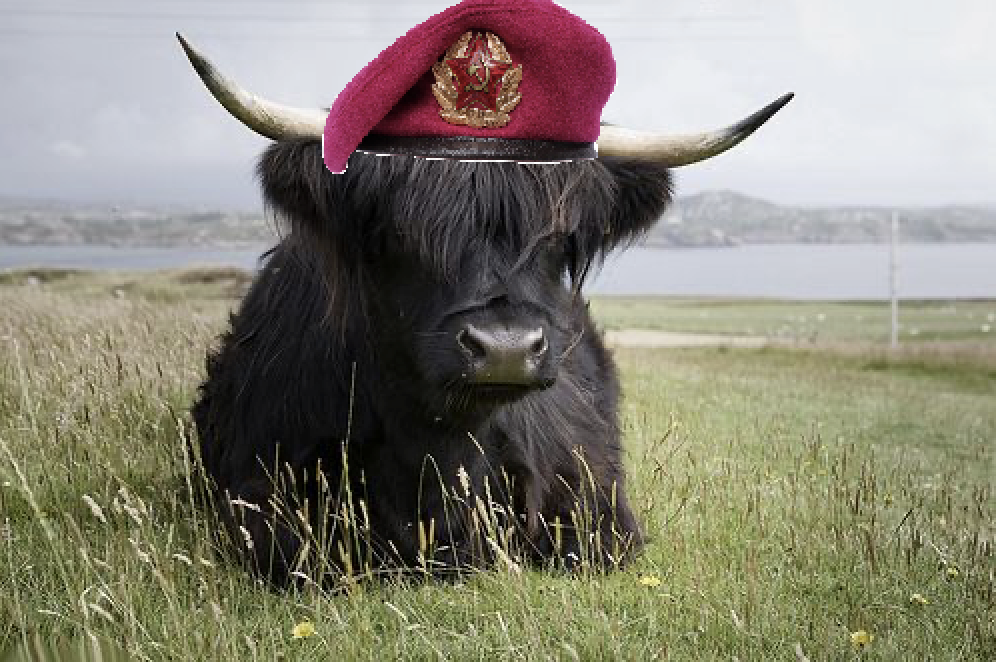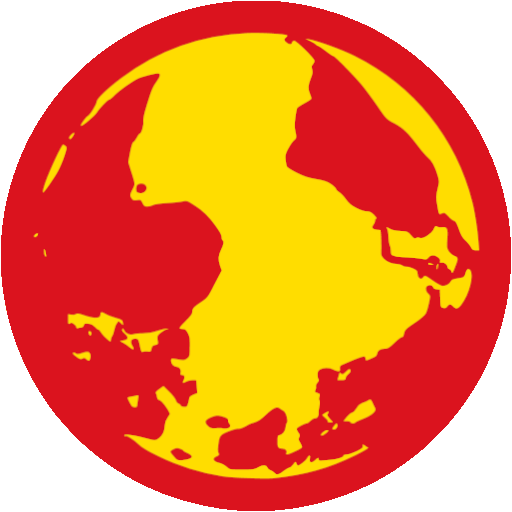By Atul Aneja
Just over a month after the “Generation Z” uprising toppled the government, cracks have appeared in the youth movement indicating that Nepal’s period of political transition may be turbulent.
On September 9, amid violent protests by Generation Z, which left at least 51 dead, the elected government of Prime Minister KP Sharma Oli was overthrown. Indeed, the youth revolt appeared to have toppled Nepal’s antiquated govt and its culture of cronyism, corruption, and privilege.
Oli’s resignation led to the formation of a caretaker government headed by Sushila Karki, the former Chief Justice, who had a reputation as a tough fighter against corruption and a supporter of the uprising. Karki’s transitional government had already announced March 5 as the deadline for the elections. On October 6, the constitutional body responsible for managing the elections decided that new parties would have six weeks to register before the snap elections on March 5.
But the hope for a new beginning in Nepal faces serious difficulties. Ideological differences, personal conflicts, and end-game confusion are increasingly severe, creating various possibilities but offering no clear roadmap for the future.
Who are these new actors influencing Nepal’s chaotic transition period?
In the aftermath of the uprising, four political orientations have clearly emerged. These are the Dhungan bloc, led by Miraj Dhungan; Hami Nepal, with Sudhan Gurung; Generation ZYX; Real Generation Z; and the so-called digital radicals.
The main objectives of Dhungan’s bloc are democratic reforms, youth representation, and the fight against corruption. But its willingness to form a new political party before the March 5 elections sets it apart. However, the bloc has added a caveat, emphasizing that it will only participate in the elections if two of its “fundamental” conditions are met. These are the direct election of the executive branch and the right to vote for Nepalese expatriates, the main electorate formed as a result of mass migration abroad, especially to the Persian Gulf countries.
Judging by everything, the bloc led by Dhundang will likely exert influence, given its pragmatic political style and its willingness to form alliances with legal youth factions.
In forming the coalition, the “Real Generation Z” group could become a natural partner for the bloc. This group, comprised of law students, civil law professors, and young bureaucrats who prefer institutional reforms to street activism, supports participation in elections as long as their demands for transparency and youth representation are met. Their pragmatism and reluctance to initiate street protests open the door to a rapprochement with Dungana’s bloc.
Currently, Arnab Chaudhary is the public face of “Real Generation Z.” While not the party’s official leader, Chaudhary has become the representative of young people advocating for legal reform and democratic continuity. “We do not want to undermine the Constitution and the achievements of previous revolutions,” Chaudhary is quoted as saying.
There are indications that both the “Dhangana Bloc” and the “real Generation Z” enjoy great influence in the Kathmandu Valley, especially among urban youth, law students, and civil reformers.
It is unlikely that these two groups will find common ground with the “ZYX Generation,” which openly advocates for the restoration of the monarchy in Nepal. Not surprisingly, it has proposed abolishing federalism and restoring a unitary monarchy, arguing that Nepal’s current structure does not guarantee justice and efficiency. The group has actively advocated for a national referendum on restoring the Hindu monarchy.
Generation Z appears to be enjoying some popularity among rural youth in Madhesh province, a region located in the fertile southern plains of Nepal, bordering the Indian states of Bihar and Uttar Pradesh. It has reportedly also spread to Lumbini province, where a mass migration of young people abroad has taken place. But the propaganda of the monarchist restoration group is also encountering resistance in Madhesh province, which also fought for federal rights, as so-called digital radicals are particularly prominent among Generation Z, born of rebellion. Urban youth, students, and self-employed technical workers, disillusioned with Nepal’s political elite, first gained independence when the government banned social media in September 2025.
Using VPNs, encrypted messaging apps, and anonymous forums, they coordinated protests sparked by the leak of government documents that allegedly revealed major corruption scandals.
In its political views, the group was the most uncompromising, rejecting “Generation Z” leaders like Miraj Dhangana, who announced their entry into mainstream politics. The group demands the full restoration of digital freedoms and youth control over technology policy. In the event of elections, the group refuses to participate, considering the voting results compromised or inappropriate.
Many digital radicals have joined the wave of emigration from Nepal, seeing no hope of returning home.
While digital radicals remain anonymous, the name of “Parum Gurung,” a young tech prodigy from Pokhara, appeared in the press, primarily because, at the age of 9, he surpassed Nepalese on TikTok in 2024. The “digital radicals” were also linked to “Youth Against Corruption,” a group founded on Discord that coordinated online protests and digital voting during the uprising.
The main base of digital radicals appears to be in Pokhara, where technicians, freelancers, VPN activists and online campaigners work, as well as in the province of Lumbini, where Buddha was born.
During the uprising, the Hami Nepal group, led by Sudan Gurung, was at the forefront. However, with elections looming next year, Hami Nepal has so far shown little interest in directly participating. While it seems unlikely they will run independently, it wouldn’t be surprising if Hami Nepal supported Dungana’s bloc and the current “Generation Z” group. In other words, Hami Nepal is expected to remain a civilian leader, potentially forming a ruling coalition, rather than a political rival on the current front.
In the current volatile situation, it is difficult to predict the course of political transformations in Nepal, although some scenarios are already emerging. For example, if the Dhungana bloc enters the election campaign as a political party, it is highly likely that the “real Generation Z” will join it as an ally. Therefore, Generation Z, as a collective, can be expected to have a significant, if not decisive, influence on the poll results. But if “Generation Z” does not unite and “Hami Nepal” and the “digital radicals” abstain, the return of old parties, such as the CNP-Oli (UML) and the Nepali Congress, cannot be ruled out. In fact, both the National Alliance and the CNP-Oli (UML) are beginning to present new leaders in the lead-up to the March 2026 elections, although familiar faces continue to occupy the top leadership positions.
“New parties are, by nature, universal; they lack a solid ideological base, organizational power, and roots. They attract undecided voters,” The Kathmandu Post quotes Sijiva Humagaina, who teaches political philosophy to graduate students at Tribhuvan University and the Open University of Nepal. “The more parties of this type there are, the more votes will be distributed to the established parties.”
In the lower house, composed of 275 members, 165 will be elected on a first-come, first-served basis, while the remaining 110 will be elected by proportional representation, based on each party’s share of the vote. However, given the ever-changing nature of Nepalese politics, it is difficult to predict a clear political roadmap for the coming days and months.
Nepal should be socialist. Same for Thailand and Cambodia, they deserve better. Hopefully, one day they’ll turn red and join the ranks of the other socialist states.
Why mention specifically Thailand and Cambodia? Is there something going on that I’m not aware of?
cambodia could’ve been socialist if it weren’t for pol pot…
A lot of countries would be socialist, if not for x, that’s why I ask
They are currently controlled by capitalist royal families, the military, or a mixture of both where the working class suffers immensely in both countries.
Thailand and Cambodia were engaged in a territorial conflict a couple of months ago, likely to distract their suffering working class. Thailand, for example, has had more coups than any other country. Its close proximity to Laos, Vietnam, and China could potentially allow the working class to see an alternative to the reactionary system they suffer under.
A communist bloc consisting of Thailand, Cambodia, Laos, Vietnam, and China would be a powerful force.
the west is loving this factionalism
This does not read promising tbh.




